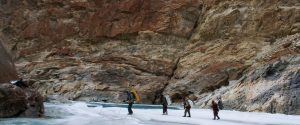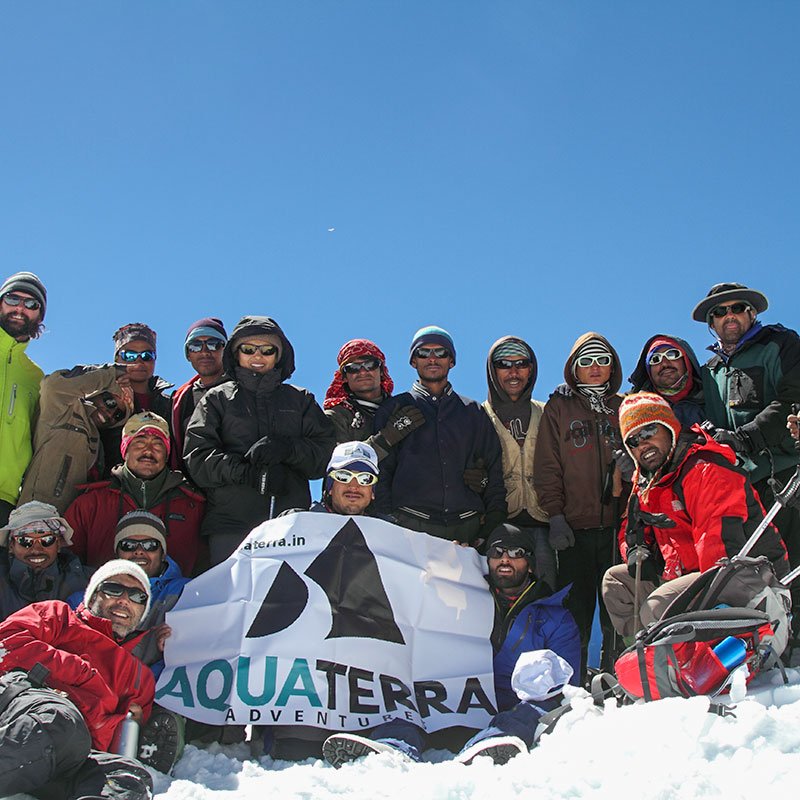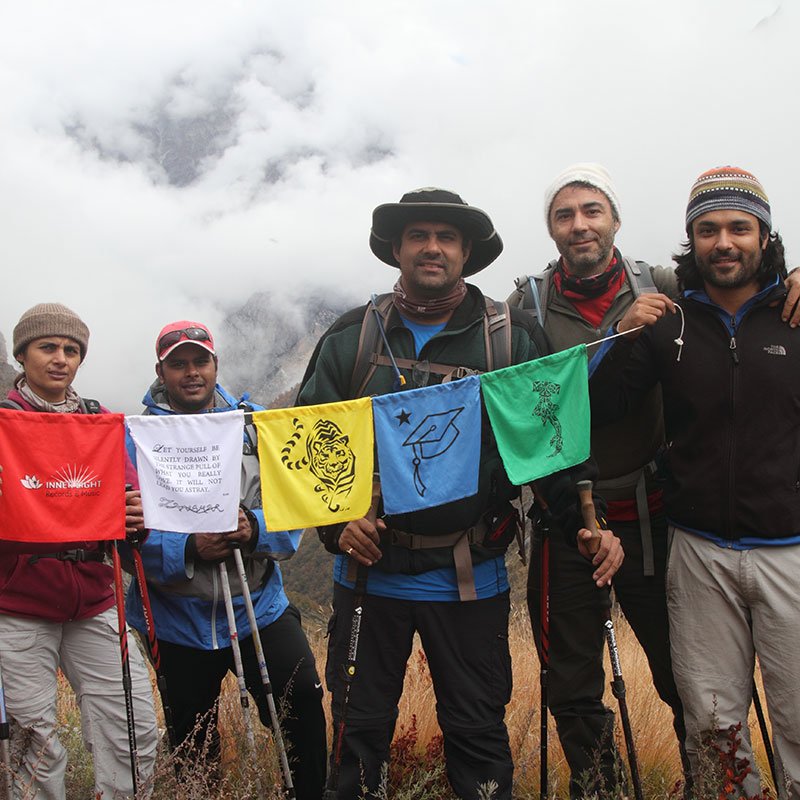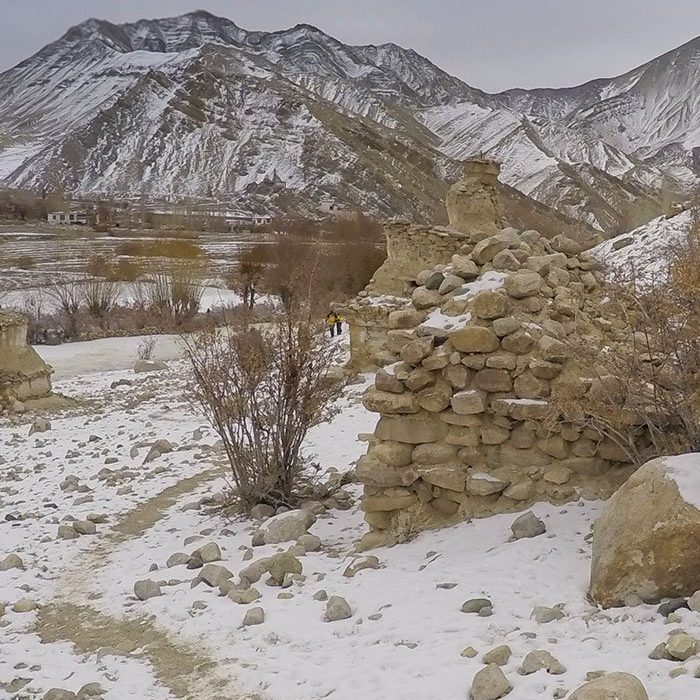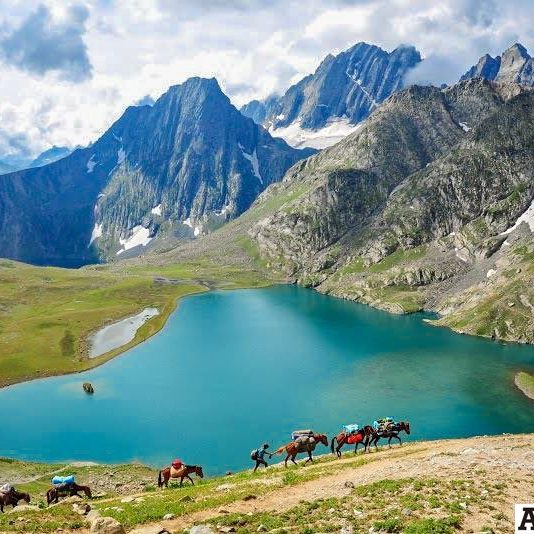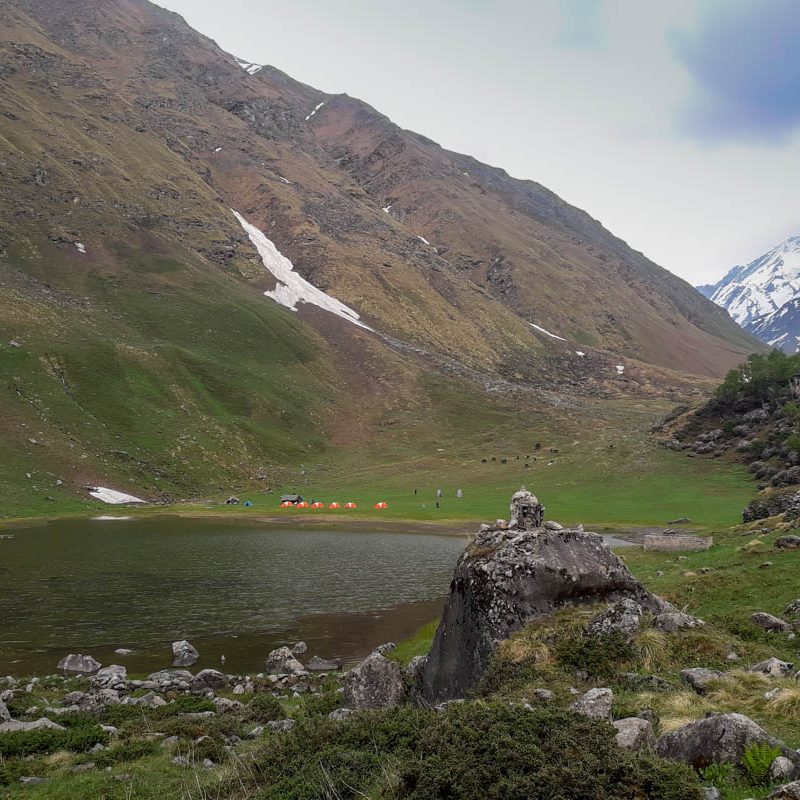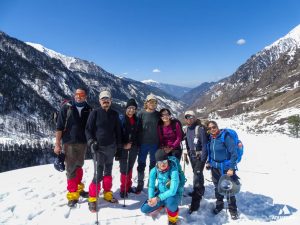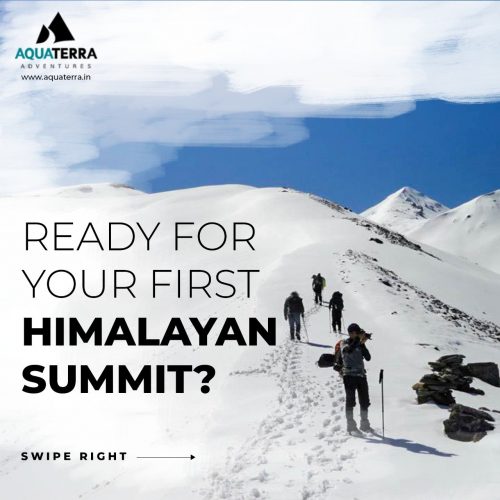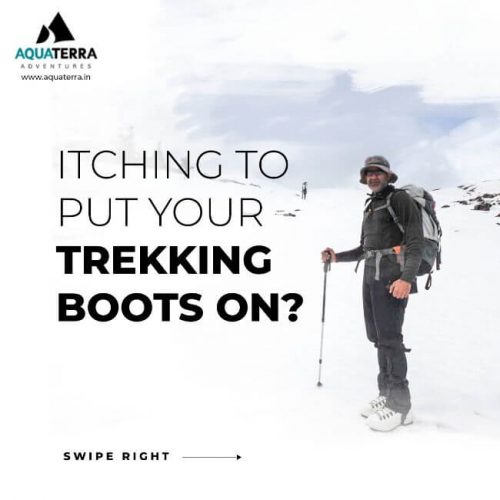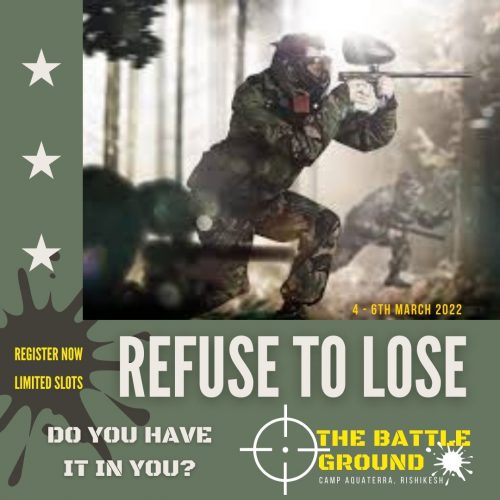A tent is our shelter from nature’s little tantrums, our island in the storm – it comforts our mind and puts our soul at ease in strange places. Where and how you will use the tent most frequently? Will you lug it around on your back or the trunk of your car? The answers will make you choose the right tent. The point is to buy a tent for your most frequently anticipated use, not for the occasional extreme adventure or your kids garden party.
The right tent for you is one which has good ventilation, lots of cross flow to prevent condensation and carbon monoxide build-up. Ideally you don’t want to carry more than 2kgs of shelter per person, unless you are trying to lose weight. remember `portable’ and `lightweight’ when buying a tent. Waterproofing, including seams are a must, UV resistant fabrics are better and a very good flysheet ensures that you are protected from the wind and any form of precipitation. A vestibule at the front and/or back is hugely important. The inner tent should be breathable and the tent floor, that’s where you hang out which should be absolutely waterproof and thick enough. Poles are perhaps the most critical parts of a tent – anodised aluminum alloy poles are usually the norm.

Four season tents are built to withstand prolonged exposure to inclement conditions, mountaineering and high altitude trips while three season tents are compact and light and engineered to protect you from driving rain, winds, insects and handle mountain, coastal and desert environs. tensile tarps provide great usage for places where you could do with minimalistic shelters – they are extremely versatile, their use limited only by your imagination.
 Brands vary from a $40 Coleman tent for your backyard to a $995 four season tent for a trip to Everest. Its best to buy a good brand – North Face, Mountain Hardwear, Walrus, Vaude, Cabelas etc. For the occasional hikers, its best to hire out tents for that once in two years trip. Try Dimensions – 26291600, 9811088290 or Carabin at 26384082, 9810314563.
Brands vary from a $40 Coleman tent for your backyard to a $995 four season tent for a trip to Everest. Its best to buy a good brand – North Face, Mountain Hardwear, Walrus, Vaude, Cabelas etc. For the occasional hikers, its best to hire out tents for that once in two years trip. Try Dimensions – 26291600, 9811088290 or Carabin at 26384082, 9810314563.
Author: Vaibhav Kala


